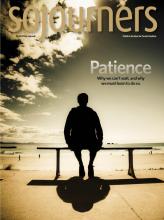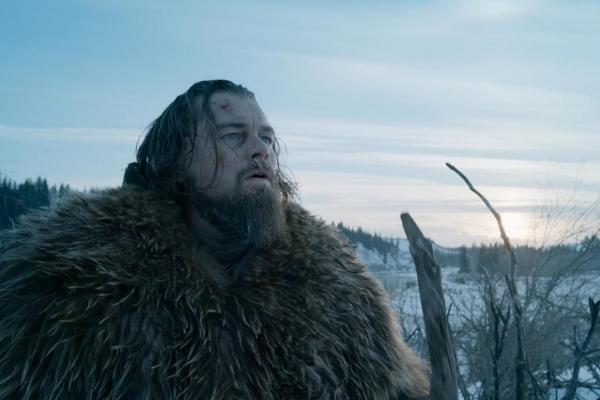WATCHING THE much-awarded film The Revenant is an ordeal, but its director Alejandro G. Iñárritu’s films have such energy and compassion that I hoped the payoff would be worth the stretch. Iñárritu’s early films Amores Perros and 21 Grams rehumanize characters who make bad choices, with an attention to scale that might be described as Napoleonic.
The Revenant is the loosely historical tale of Hugh Glass (Leonardo DiCaprio), an early 19th century fur trapper left by his companions for dead after a bear attack, agonizing his way to track his betrayer (Tom Hardy) through some of the most frozen wilderness in cinema. The commitment of DiCaprio and Hardy has been rightly applauded—this is a cold and exhausting way to make a film. And the craft is monumental—arrows seem to land on the audience, the bear attack is terrifying, the camera hardly ever stops moving. But the exploration of the futility of revenge at the heart of this story is confused.
Read the Full Article

